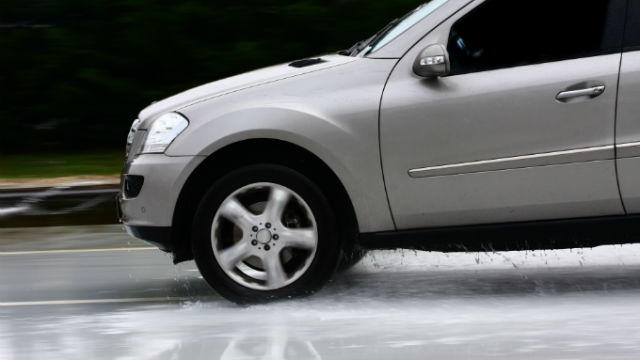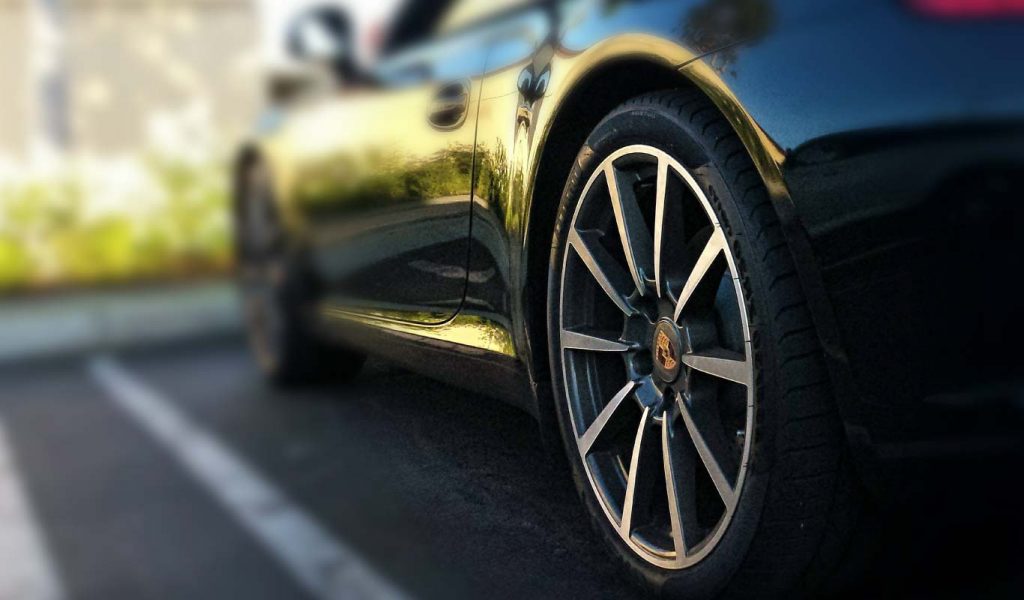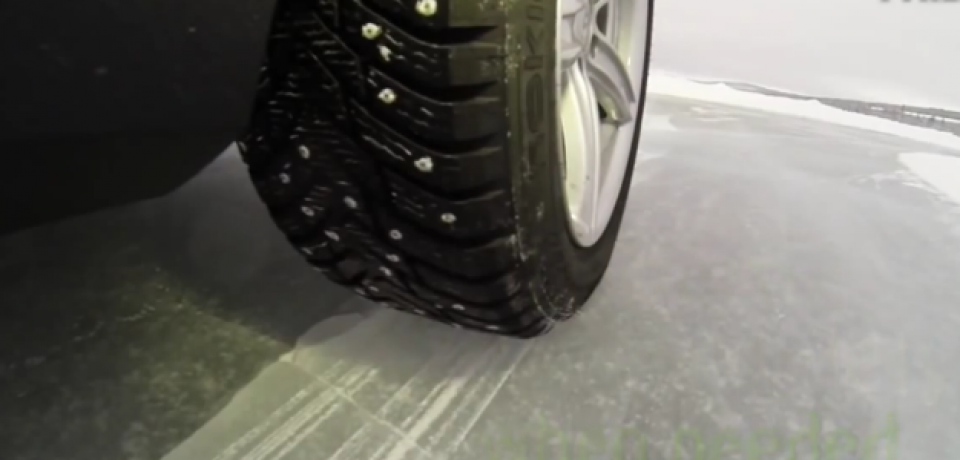In this unpredictable economy, we all are searching for various approaches to set manage our finances.
One approach to spare a few bucks is doing your very own car some good. No, it’s not about car accessories. It is rather about your car tyres which are as important as anything in your car.
Through this blog, we wish to focus on an important way of reducing tyre wear, that is tyre rotation.
In case you’re not cautious, your vehicle’s tyres can turn into a major financial crisis.
A new set of 4 tyres can cost you around Rs. 8000-10,000/-. Just imagine this happening once or twice every year. Well, this could be really costly.

One straightforward way you can broaden the life of your tyres is consistently rotating them on your vehicle, which is also known as tyre rotation. The tyre rotation implies altering the tyres where the individual tyre is mounted on the vehicle. In any case, this straightforward 15-minute activity will save a considerable amount of money of those who rotate their tyres. Spare yourself the cash by doing it without anyone’s help. In this blog, we demonstrate to you how to practise tyre rotation.
Why rotate your tyres?
Front and back tyres wear in different manners. For instance, the front tyres manage over 60% of your vehicle’s weight; thus, front tyres wear out quicker than the back ones. Likewise, turning wears the front tyres at various rates. For example, according to analysis, people, for the most part, take left turns quicker than they do right turn. This puts more load on the right front tyre which results in the right tyre wearing quicker than your left tyre. After several kms of driving, you end up with uneven track wear.
Tyre rotation adjusts these normal wear designs by changing the places of your tyres. By turning your tyres normally, you’ll guarantee yourself a smoother and more secure ride. Most importantly, there are long-run money savings.
How often should you rotate tyres?
Check your vehicle’s owner manual for the prescribed tyre rotation plan. Most producers suggest that you rotate your tyres every 5,000 kms. A simple method to make sure to turn your tyres at a right time is to rotate them whenever you change the oil on your car.
Required tools for tyre rotation:
Vehicle jack: Utilizing the jack that accompanies your vehicle can work, however, it isn’t really necessary for rotating your tyres. It’s intended to lift up your vehicle for a short period of time so you can quickly replace a tyre. The more secure way is to utilize a hydraulic floor jack which will save some money. It can be used for maintenance jobs too.
Jack stands. You’ll require some jack stands so you can lay the vehicle over them while you change the tyres out. You can purchase a nice set of jack stands for not too much.
How to rotate directional tyres?
Directional tyres have a “single direction” tread design that is optimized for the direction in which you rotate the tyres on the vehicle, so they’re explicitly made for either the left or right side. The grooves angled to optimize handling also channel water out from under tyres in wet conditions.
Little triangles on the sidewall demonstrate which way the tyre should turn.
Tyre rotation for these tyres is uncomplicated. Replace front right tyre with back right tyre, and the front left tyre with the back left tyre.
How to rotate Non-directional tyres?
The tread design on non-directional tyres is planned so that the tyre can be mounted on the wheel in any direction of the turn. So you can switch which side the tyres are on when you turn them.
Tyre rotation for non-directional tyres requires you to utilize the cross pattern. For vehicles with rear wheel drive, move the front tyres to the opposite sides of the rear that is, left-front to right-back and right-front to left-back.

A simple procedure you need to follow for tyre rotation:
The time required for tyre rotation is 20 minutes.
- Just for your safety, engage the parking brake
- Loosen the lug nuts on all the wheels of your car. You would prefer not to take them totally off yet. Loosening them at this point will make unscrewing them when the vehicle is lifted much easier.
- Lift up one wheel with vehicle jack and place the jack stand underneath it. If you just have a couple of jack stands you’ll have to complete a little mental work before you begin jacking so you realize how you will continue with bringing down and raising your vehicle. Since you have less stands, you’ll have to invest more energy in bringing your vehicle up and down. Even this extra effort will take not more than 20 minutes.
- Remove the tyres and turn them. Use the techniques of tyre rotation for directional and non-directional tyres as stated above.
- Lower the vehicle from the jack stands. Take the lug wrench and fix the nuts properly. It’s imperative to work the lug rungs corner to corner starting with one then onto the next. It would appear like a star pattern. Uneven tightening wraps the brake rotor.
Conclusion:
The procedure is pretty general. The concept of tyre rotation is not technical by any stretch of the imagination. However, it still is highly significant to better your driving experience. It can save a lot of your money and also expands your tyre life. You must be regular and conscious about your Nankang tyres to avoid any damage or threats.
Moreover, once you are done with rotation, just keep a note of the mileage. This is important as you will remember that after 5000 kms, you will have to do it again.

